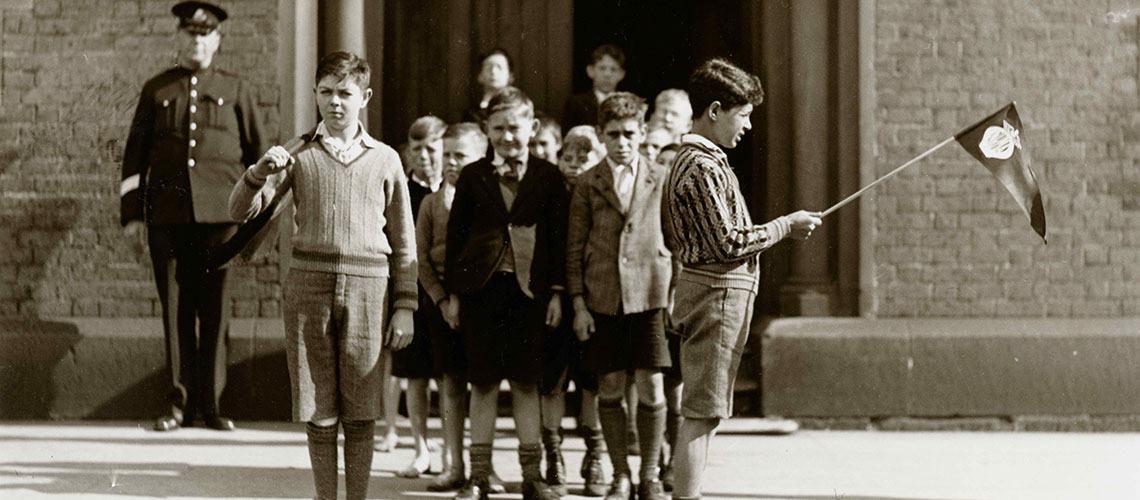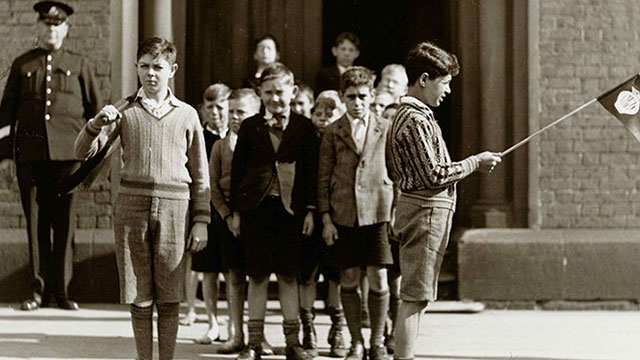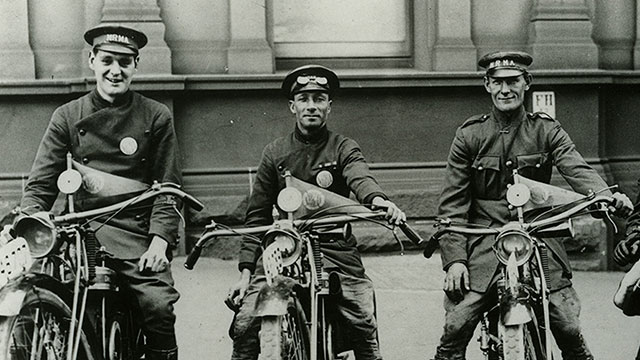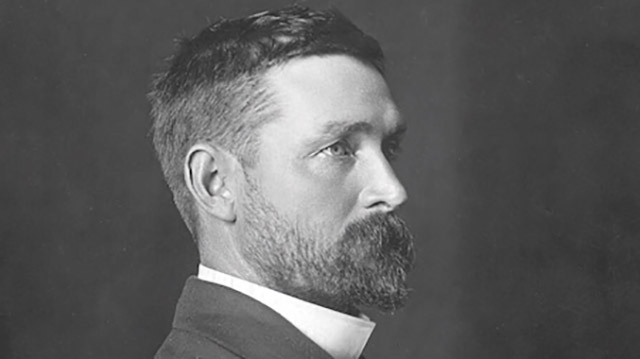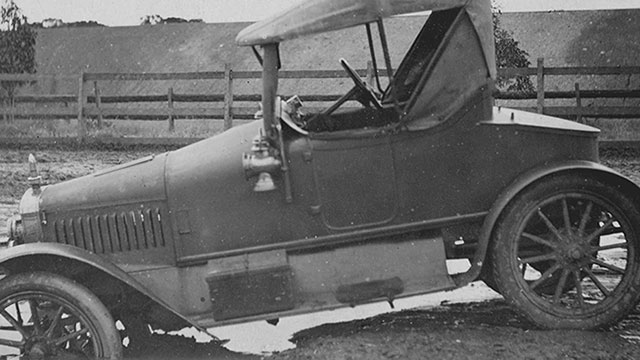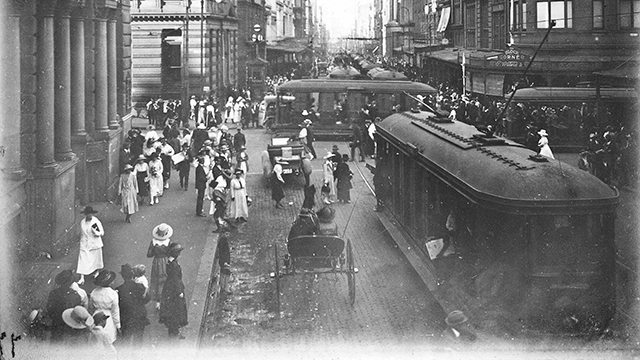A shocking rise in road fatalities prompted the NRMA to launch new safety campaigns, particularly to protect children from accidents.
As the number of cars on Sydney’s roads grew through the 1920s and 1930s, the frequency of accidents also increased. This sent the road toll soaring and it soon became clear that new road rules were urgently needed.
J. C. Watson chaired the annual meeting of the NRMA on February 3, 1925 and more than 100 members attended. Road safety dominated the debate and items on the agenda included increasing the inadequate penalties for drunk drivers and requiring applicants for driving licences to answer a series of simple questions about traffic rules (a forerunner to today’s more rigorous licence test).
It was suggested that pedestrians crossing the roads should be regulated and rules of the road should be taught in schools. There was even a less practical suggestion that a code of “horn blast signals” be introduced to alert fellow road users of trouble ahead.
In 1928, the NRMA compiled a list of the most frequent causes of car accidents. These were: undue speed, failure to give way to the right and to signal correctly, overtaking at intersections, glaring headlights, pedestrians, and errors of driving judgement.
The NRMA’s campaign against road accidents gained impetus and illustrations started appearing in Open Road with grim safety messages. An entire front page on January 22, 1931, was covered with these illustrations, bearing words like “Death rides with the careless driver” and “A fool there was, he took a chance; they carried him off in an ambulance”. The new illustrations and safety messages were then printed on envelopes that were used for NRMA mail-outs.
Even pedestrians were in the NRMA’s firing line. In 1934, the association repeatedly called on the police to enforce regulations and prevent jay-walking. This was for public safety, although a glance at Open Road letters suggests many motorists were more focused on the annoyance of pedestrians getting in their way, rather than holding concern for their well-being.
Following a number of pedestrian fatalities, J. C. Watson asked the Minister for Transport which side of the road pedestrians should walk when there were no footpaths. According to the minister, pedestrians forced to walk on the roadway in the absence of footpaths should keep to the right – the side on which they face oncoming traffic. This would allow them to be more aware of approaching cars and possibly avoid any dangerous situations.
But by far the most critical safety campaign was the one to protect children on roads – a campaign that continues today. In 1929, 68 children were killed and 1085 injured on roads in Sydney’s metropolitan area alone. To reduce these horrifying statistics, the NRMA came up with a plan to organise safe pedestrian crossings at all schools. It was the NRMA’s biggest campaign of the 1930s and one of its most successful ever.
According to the NRMA, 40 per cent of child fatalities were caused by children dashing suddenly from the kerbside. The next most prolific cause was playing in the streets and laneways, which included hitching rides, cycling, roller skating and riding in trolleys and billy carts.
The NRMA’s response to this crisis was to set up the School Safety League, with the full support of the police department, schools and the traffic department. It created an army of school safety patrols that soon operated across almost every school in the state. Junior patrols were easily discernible, wearing a conspicuous armband and carrying a red, white and green flag. These flags, provided by the NRMA, were held aloft when their charges were on the road or about to step into it. The junior patrols stood in a ‘conspicuous space’ between traffic. When they saw the way was clear, they instructed the other children to cross the road.
From a present-day perspective, the idea of using young children to step out into the road and shepherd other children over a busy school crossing is hard to contemplate, but in the 1930s they played a serious role in reducing road trauma.
NRMA's safety tips from the 1930s:
- Always keep your eyes open and your wits alert.
- Always drive as you would wish others to drive.
- Always keep you and your vehicle in safe driving order.
- Always anticipate danger.
- Learn, give and obey the recognised traffic signals.
- Obey the law, in letter and spirit.

